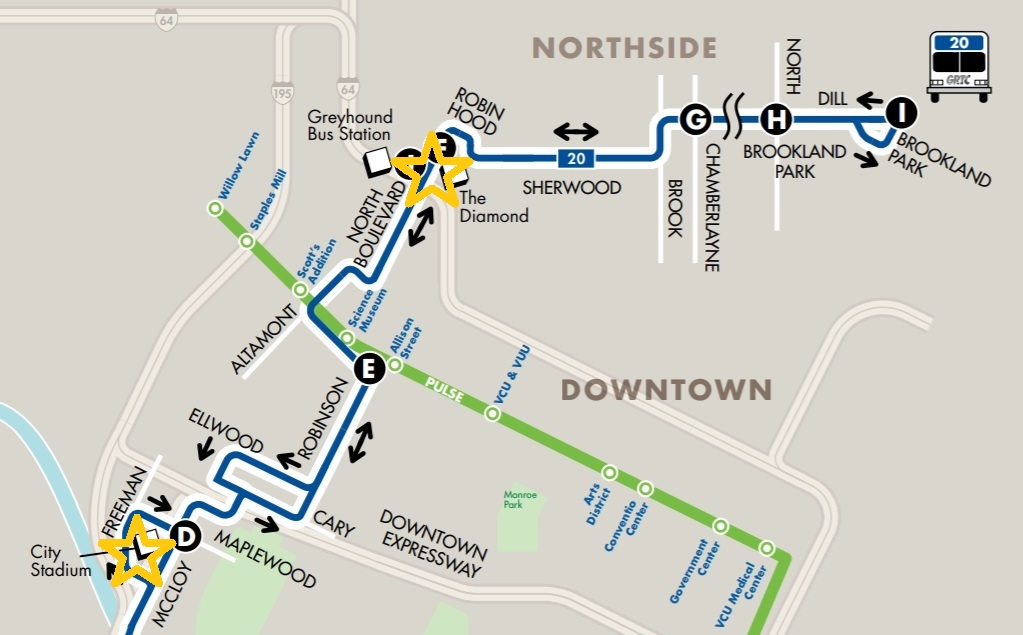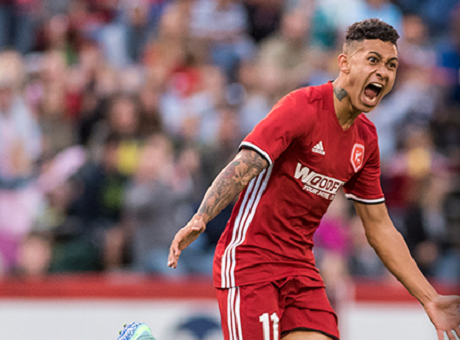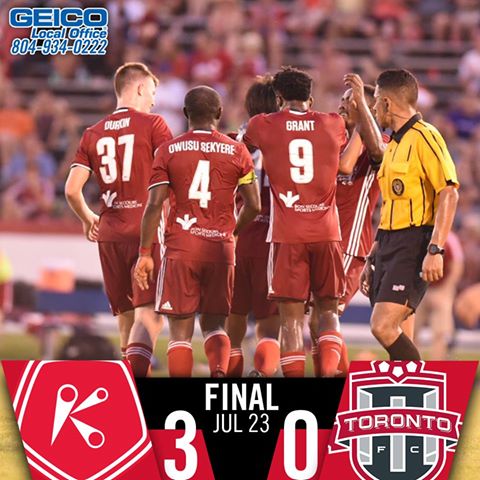The fourth installment of a monthly series in which a hometown Richmonder who has spent over a decade abroad explores the many different neighborhoods accessible by GRTC bus lines to discover the ways transit connects us all. City Stadium: Stranded in the triangle of...





